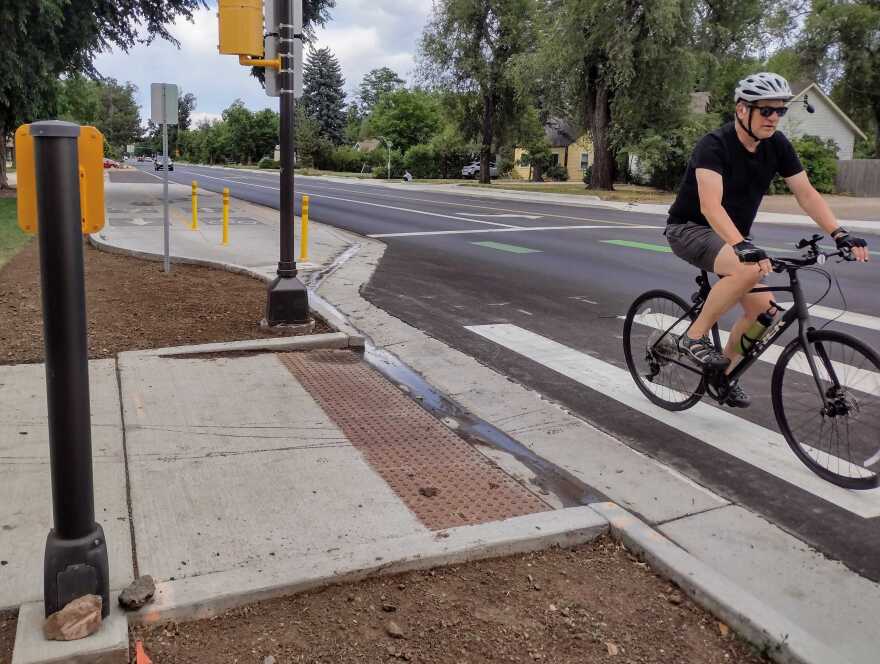A year ago last summer, a young bicyclist named Magnus White was struck and killed by a driver on Highway 119 near Boulder. A memorial ride for Magnus earlier this month drew more than 2,000 participants, with hundreds more joining virtually.
His parents spoke to the crowd and called for measures that would make roads safer for cyclists – including better bike lanes and stiffer penalties for careless driving.
And they also called for a more unusual measure: a federal requirement that all new vehicles be equipped by the year 2029 with Automatic Emergency Braking (AEB) systems that can sense bicycles. For example, if your car drifts into the shoulder where a bicyclist is riding, the car would automatically brake or be nudged back into its lane.
Data shows roads across the U.S. are becoming more dangerous for cyclists. In 2022, just over 1,100 pedalcyclists were killed in vehicle crashes – an increase of about 13% over the previous year, and more than 46,000 were injured. Here in Colorado, 20 traffic-related cyclist fatalities were recorded in 2023 – a 33% increase over 2022.
All of this got us wondering – how well do advanced safety systems like AEB or V2X (Vehicle-to-Everything) work? And how feasible are they right now?
We reached out to Bryan Reimer with the Center for Transportation and Logistics at MIT to learn more. He researches driver behavior, and how humans interact with automatic braking systems and other advanced vehicle technologies.
Reimer spoke with host Erin O’Toole about the potential for this new technology, and its limitations.







